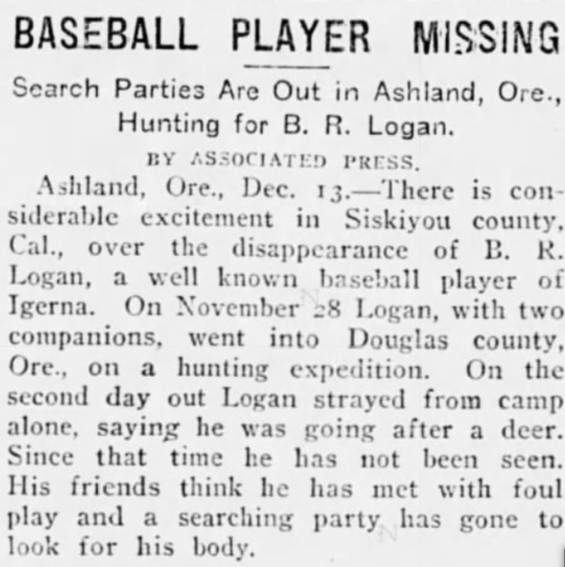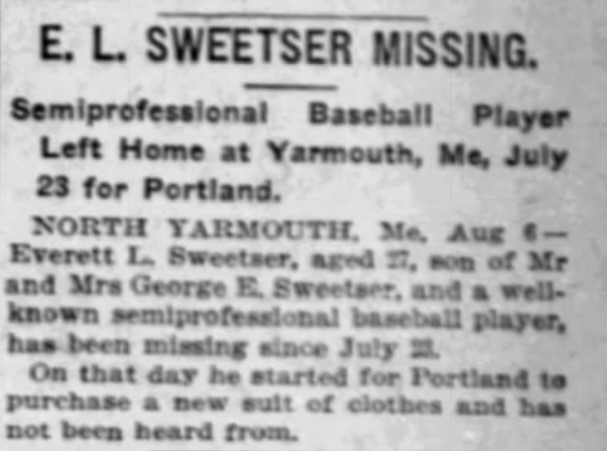Chi Sung Pil: A Trailblazer in Korean Baseball
Chi Sung Pil was born in Korea around 1900. His mother, Sun Sin So Kim, was a longstanding Presbyterian missionary. Sometime around 1909, Kim’s husband died. Thanks to the efforts of Christian missionaries in Honolulu, who assisted Korean Christian widows and divorcees in relocating to the United States, Kim moved to Hawai’i shortly thereafter, bringing young Chi Sung with her. Kim continued her missionary work with the other devout Korean immigrants she met, and soon remarried within the thriving community, having two more children.
In Roberta Chang and Wayne Patterson’s The Koreans in Hawai’i: A Pictorial History, 1903-2003, a photo from 1920 shows Kim and the family she built in Hawai’i. The photo is taken against an elegant forested backdrop, and both parents and children are dressed to the nines: mother and daughter in light dresses, father and son in suits — the son, Harry Kim, sporting a jaunty polka-dot button-up and bow-tie. Chi Sung, who would then have been around 20, is not pictured.
Only a few years later, Chi Sung’s photograph would be featured in newspapers across the country. There is one in particular that kept cropping up: an action shot, with Chi Sung’s left arm raised high behind his head, his right arm extended outward and down — the classic, instantly recognizable pose of the submariner. In the Los Angeles Times on April 5, 1923, this photo appeared alongside other images of other people making world news that day — Haran Elkuta, leading a revolution in Albania; a group of Hawai’ian legislators; the U.S.S Pennsylvania at sea.
The caption box beside Chi Sung’s picture reads: “Only Korean ball player is demon pitcher! Chi Sung Pil, now attending the University of Oregon, plans to organize a team of Koreans to tour the Orient.” Read the rest of this entry »


